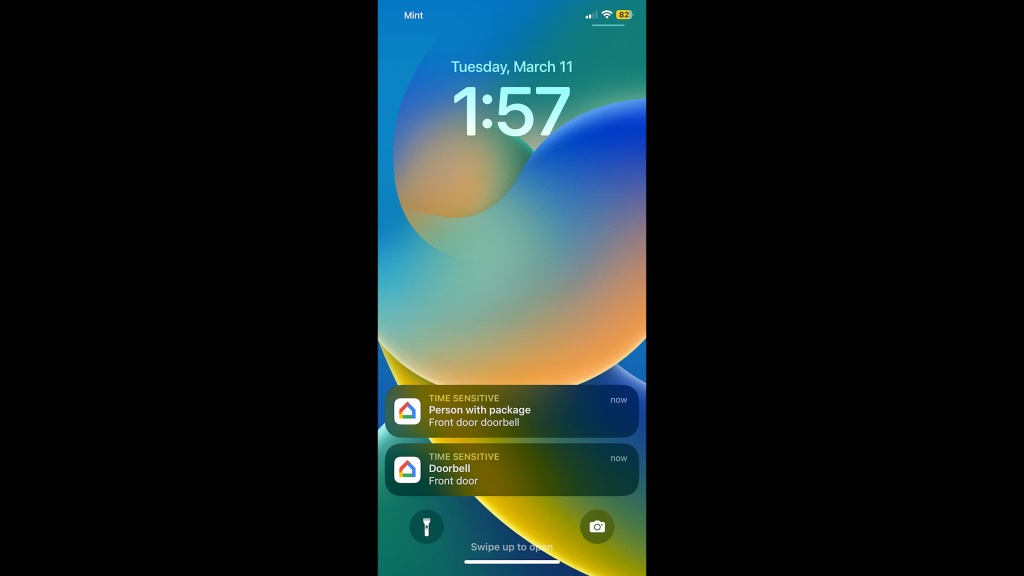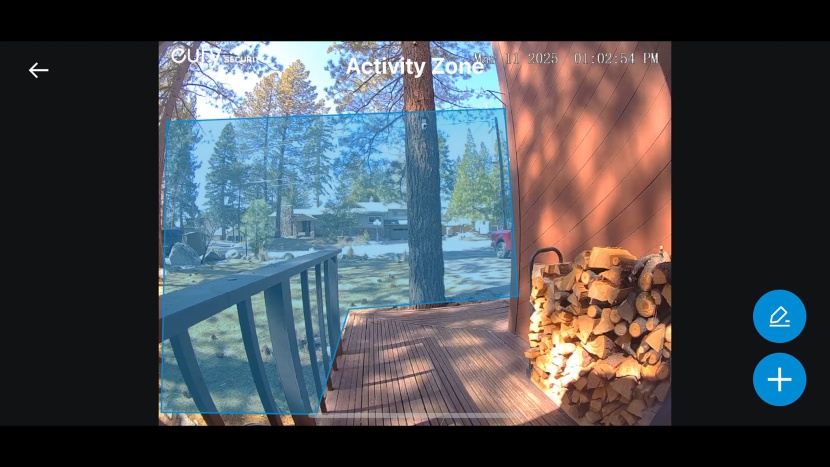The great thing about home security cameras is that they can provide peace of mind, knowing you can be away from home and not have to worry about it. Moreover, security cameras allow you to go back in time to see who (or what) visited your property and when. Given security cameras' focus on monitoring a set location in real-time and recording that information for review later on, we structured our testing around the cameras' ability to easily satisfy the user's expectations in this regard. Specifically, we compared each model's video quality, including night vision and field of view. We also looked at their monitoring performance, such as live video latency, sound quality, and alarm volume. Finally, we looked at the cameras' ease of use in regard to set-up, app navigation, and data storage. Each test in this evaluation is weighted by its impact on overall performance, so that a perfect score in each analysis would add up to 100 points.
Video Quality
Recorded video quality accounts for 50% of the cameras' overall score. To test each camera's recorded video quality, we subdivided the metric into video quality, night vision, and field of view. For each of these submetrics, we made a side-by-side comparison of each product in the review. Video is arguably the most important submetric, so we will start with it.
All the cameras were mounted to a wall and oriented to capture the same general area in the room. We then recorded a person walking through the cameras' field of view. These recordings were then compared for quality all around. We specifically looked at clarity, color fidelity, and the ability to discern facial features. This process was repeated in the night vision analysis. However, given the limitations of night vision, we focused our attention on the ability to make out identifying facial features and the ability to read text on a Snellen chart. General clarity of the background, as well as depth of field, was also taken into consideration.
Finally, we looked at the cameras' field of view (FOV). This is the horizontal (and sometimes vertical) view of the room in which the camera is able to see. This submetric becomes more important the further the subject of interest is from the camera. We made a comparative analysis of this in both day and nighttime recordings.
Monitoring Performance
While recorded video quality is a critical component of our assessment, real-time video quality is just as important. As such, we weight this test to account for 35% of the total score. This test covers the effectiveness of each unit's person and facial recognition, if available. We measured their ability to use these features from 0-20 feet. Finally, we note all of the security features that come with a subscription. The more robust, the higher the camera scores. These are the features we look for:
Lights
- Two way audio
- Dual cameras
- Out of view detection
- Subject tracking
- Sounds
- Animal recognition
- Vehicle detection
- Package theft detection
- Package detection
- Facial and person recognition
Ease of Use
The ease of use evaluation focuses on how the user interacts with the product from set-up to everyday use. This analysis accounts for the remaining 15% of the overall score. The most involved portion of the testing for this metric centers on app navigation. Specifically, we evaluate how long it takes to learn the program and the intuitivness of the app. We question whether camera settings such as “alerts” and “history” are readily accessible.
Finally, we look at the mounting options for each camera. This portion of the assessment focuses specifically on what mounting hardware comes with the camera. All told, the ease of use metric correlates strongly with how satisfied a user will be with the product because security cameras are purchased to solve problems, not create them.



